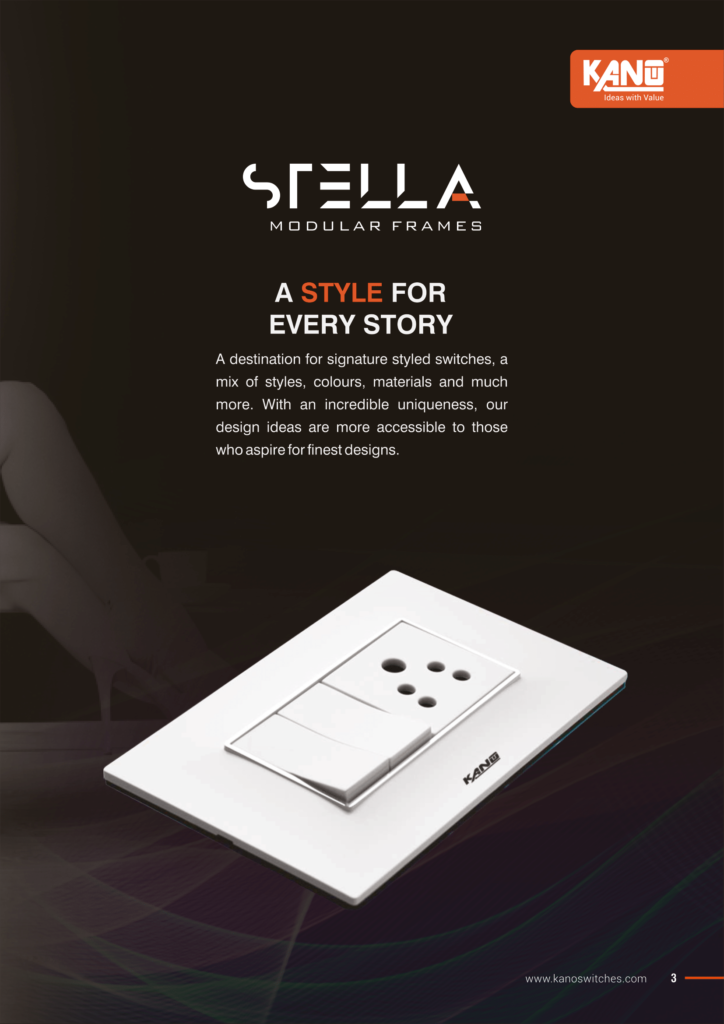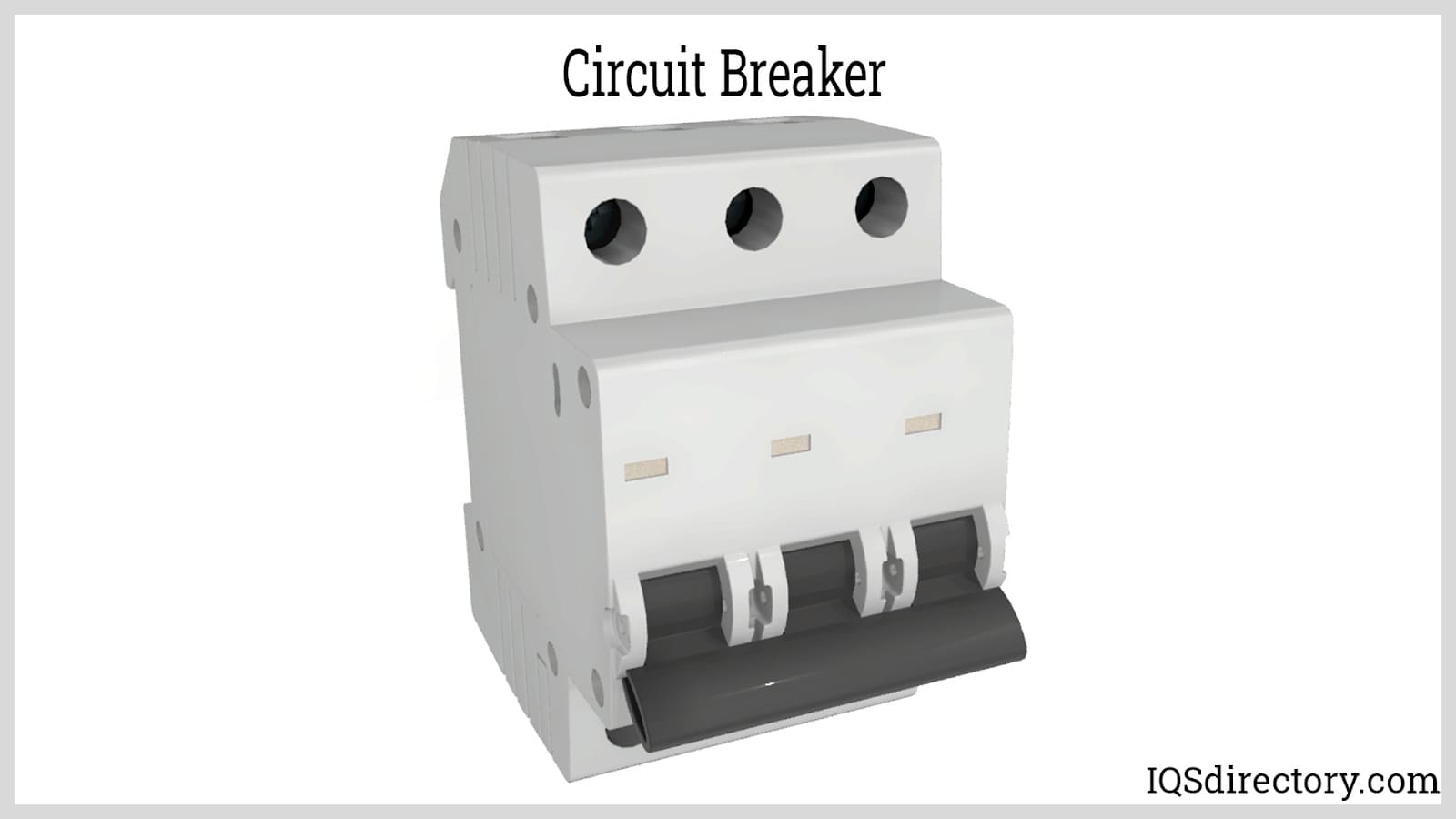

his chapter will discuss the ratings and categories of electric switches.
Rating of Electric Switches
Electric switches have ratings that need to be considered during selection and application. These ratings include:
- Current Rating – the maximum electric current that the switch is designed to carry. The switch might start incurring physical damage when this limit is exceeded. Such damage includes overheating, deformation, and melting of some of the components of that switch.

For a circuit breaker, the rating is the current above which the breaker “trips”. Tripping, in this context, means breaking up the circuit. There is often an allowance from the rated current before the breaker trips. This allowance is often expressed as a percentage of the rated current.For some electronic switches, the current rating may show the value above which the actuator can no longer switch the connection off. Alternatively, it is the maximum current that the switch is designed to handle.- Voltage Rating – the maximum voltage that the switch is designed to withstand. Higher voltages cause more sparks than desirable.For some electronic switches, such as the thyristor, the voltage rating is the maximum voltage the switch can block. Any higher voltage will switch the thyristor on without the intended actuation. The intended actuation is often the presence of a gate voltage.
- The same electrical switch can have different ratings for AC and DC circuits.
- AC Circuits currents fluctuate. It follows that the voltage is zero at some point, twice every cycle (the current behaves similarly). Therefore, there are times when the electric field is zero (whenever the voltage is zero). To some extent, this behavior helps extinguish arching, especially when breaking the circuit.
- DC Circuits have a steadier unidirectional current, thus, arching can be more prolonged. This calls for faster switching speeds (time taken to open and/or close the connection). It follows that the maximum DC voltage that a switch can handle is smaller than the maximum AC voltage that the same switch can handle




